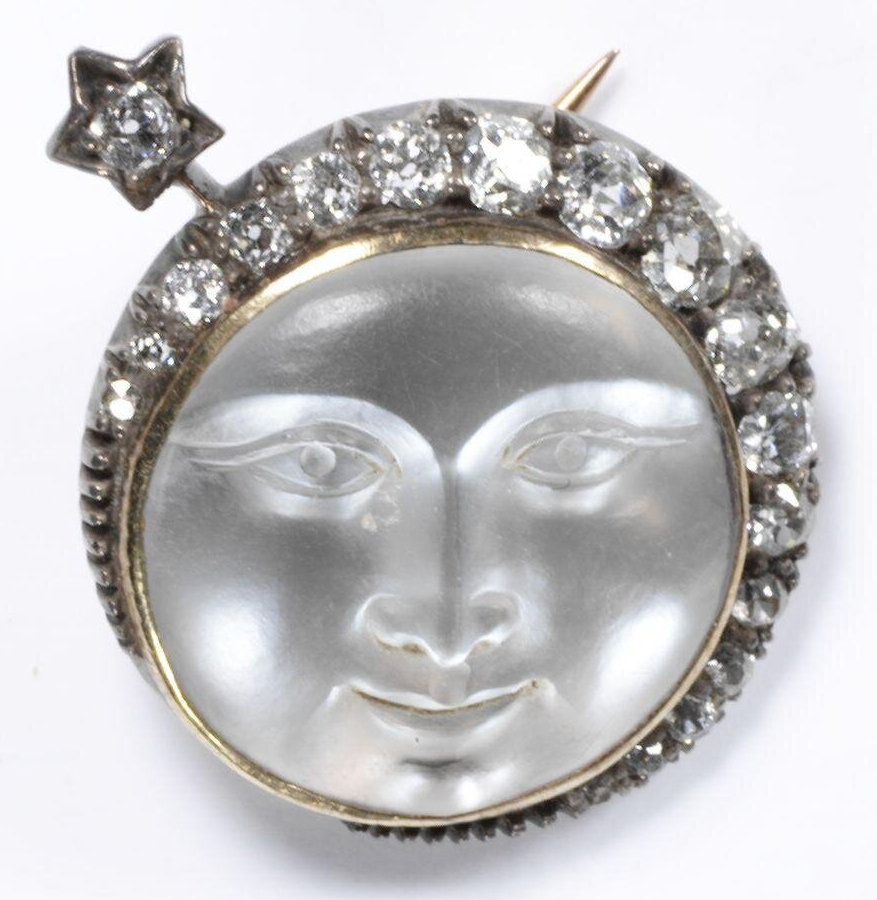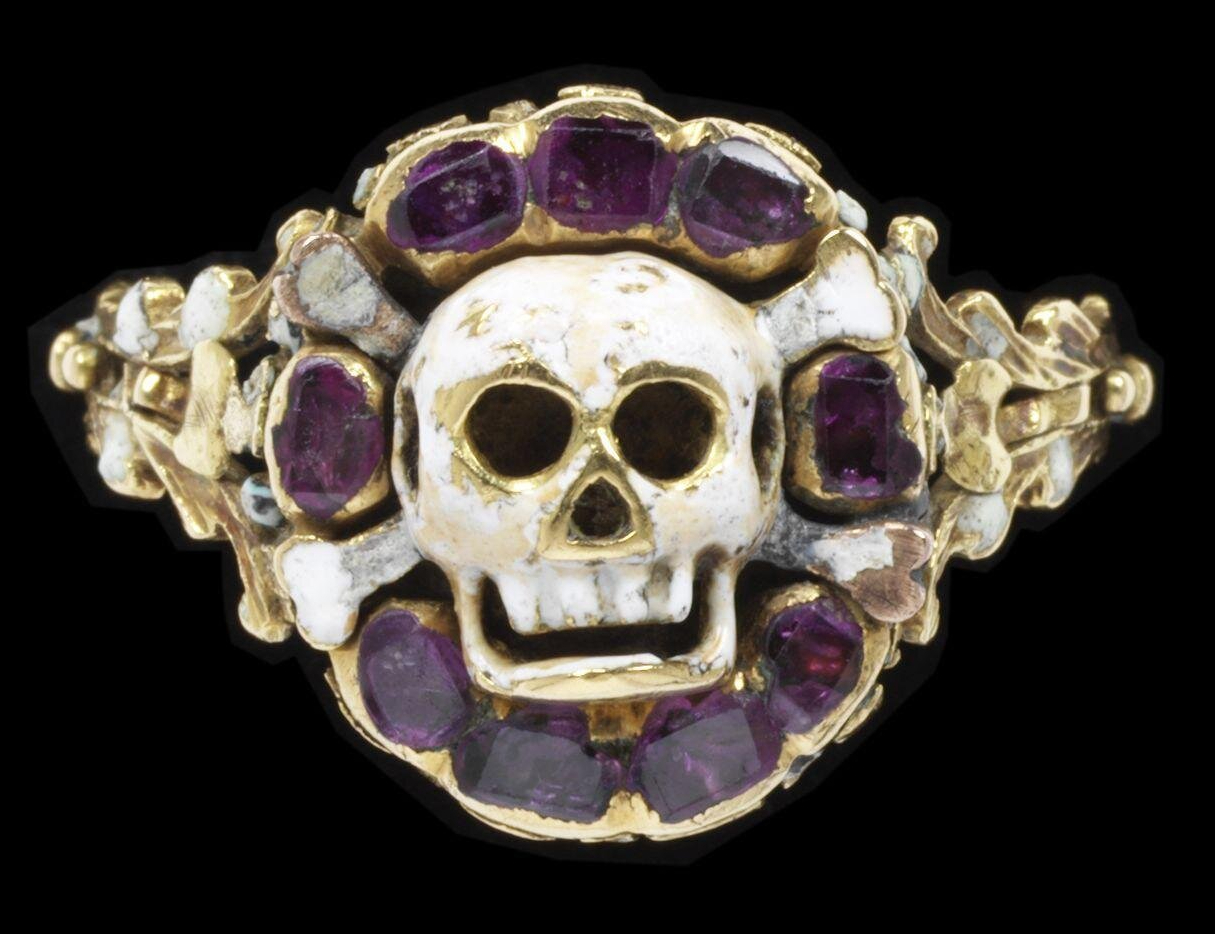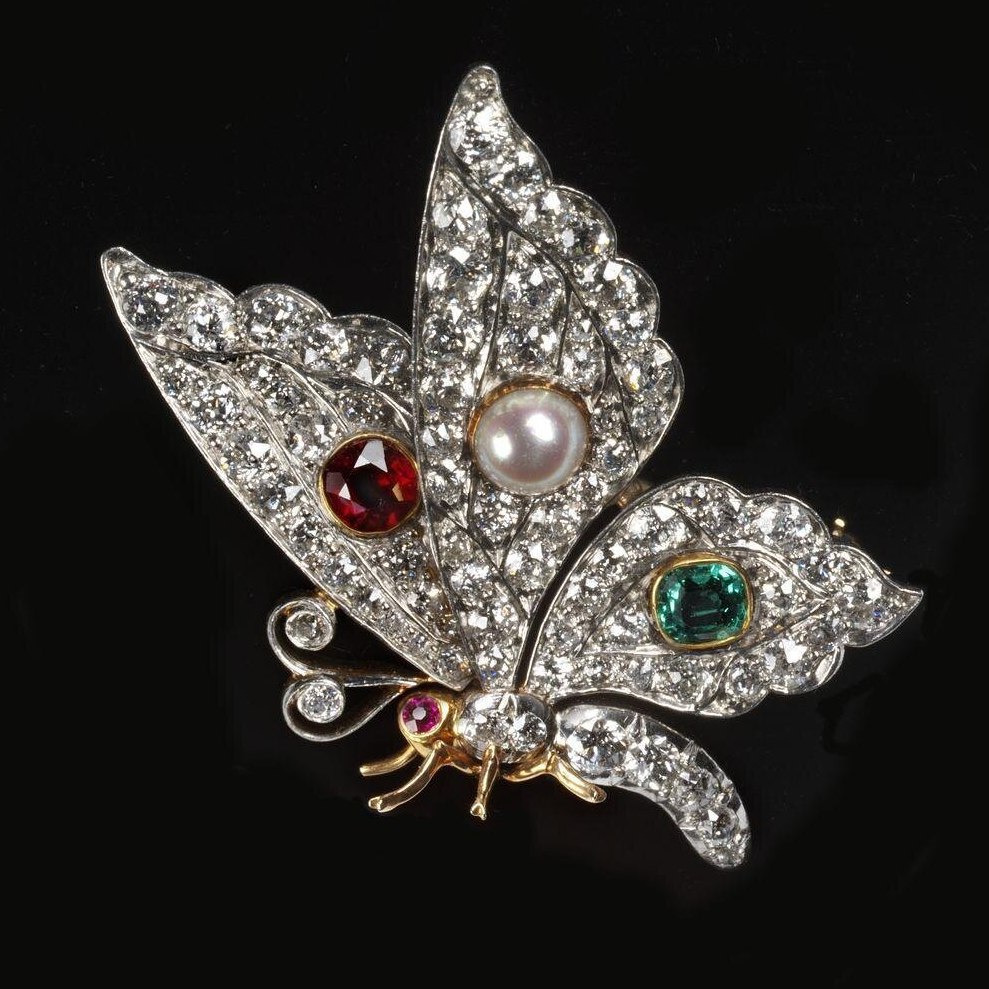A round up of some of the jewellery shown at London’s Collect craft fair, 2024
Spring is coming, the sun is finally shining and there are some great events to look forward to in the jewellery world. So, what’s on
The ‘Memories are made of this’ exhibition at London’s Sarah Myerscough Gallery, features the work of 15 contemporary jewellers, reflecting on memory, love and loss and how this can be expressed through jewellery.
What ideas have jewellers come up with? In the early twentieth century, signet rings with hidden keys were all the rage.
Sometimes jewellers have ideas which are not a success. In 1930, pearl kneelaces were one of those ill judged notions.
S is for Snake In the jewellery alphabet, S may be for Skull but it could also stand for Snake. Snakes are not the most
Understanding symbolism in jewellery is a key skill. The moon can represent the Virgin Mary, goddesses Diana and Artemis or be a fashionable jewel for the body or hair. In the 1960s, jewellery was inspired by the Space Race.
Skulls are often found in jewellery, but what do they mean? In Renaissance and early modern art, they symbolised death and eternal judgment. By the nineteenth century, they had become fashionable party pieces.
In 1874, explorer Henry Morton Stanley set off for central Africa with a ring engraved with his name and the expedition dates. Eight years later, the ring resurfaced as a wedding gift from a Congo missionary. Why did Stanley value the ring and how did it match up to his other wedding gifts?
To understand jewellery, we have to appreciate its symbolism. Delicate butterflies, colourful and fragile, fly onto brooches, pins, necklaces and bracelets. The butterfly in jewellery is a symbol of love, death and the resurrection.








